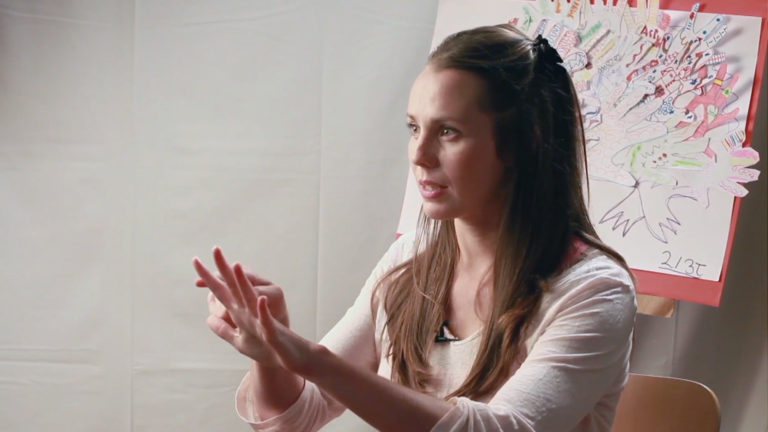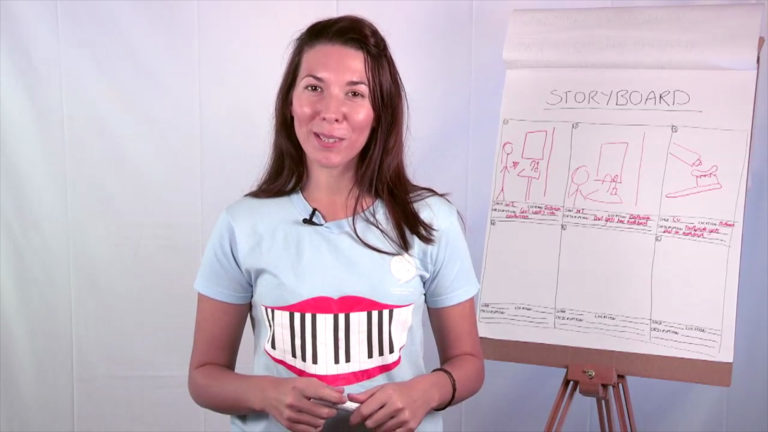This series introduces the six key elements of music including rhythm, texture, dynamics, pitch, form, and timbre. Children will build their knowledge of basic music techniques through a set of fun activities based on each element, and they’ll grow their confidence and collaborative skills along the way. Each video uses bright animation, practical demonstrations and easy to understand explanations to captivate young students.
Dynamics
Learn about the differences in volume – loud and quiet. Understand musical terms for dynamics including pianissimo, piano, forte, fortissimo, crescendo and decrescendo
Rhythm
Rhythm is all about the timing of sounds. Listen to some instruments and clap along. You’ll learn how to combine different sounds to create a rhythm.
Pitch
Learn about how melodies can either be high or low. We’ll show you the difference between ascending and descending pitches using a range of instruments.
Form
Musical form describes the structure in a piece of music. Sing along to Twinkle, Twinkle, Little Star and Ring-a-ring o’ Roses to learn about different musical forms including ternary form, ostinato, call and response and a canon.
Timbre
How do you create different moods using music? Tone and resonance can be used to alter the timbre and transform the sound of the music.
Texture
Music can have many layers. Learn the difference between thick and thin textures as well and the meaning of monophonic, homophonic and polyphonic textures. Understand how melody and accompaniment combine to create music with a thick texture by listening to the Australian bush ballad, Waltzing Matilda.
This course also contains six creative activities for the home. Guide your children through the elements of music using fun games, such as rocking out with your own kitchen band, shaking it out to a dance routine, exploring percussion using your voice and body and even playing hide and seek!
Produced in collaboration with ClickView.



